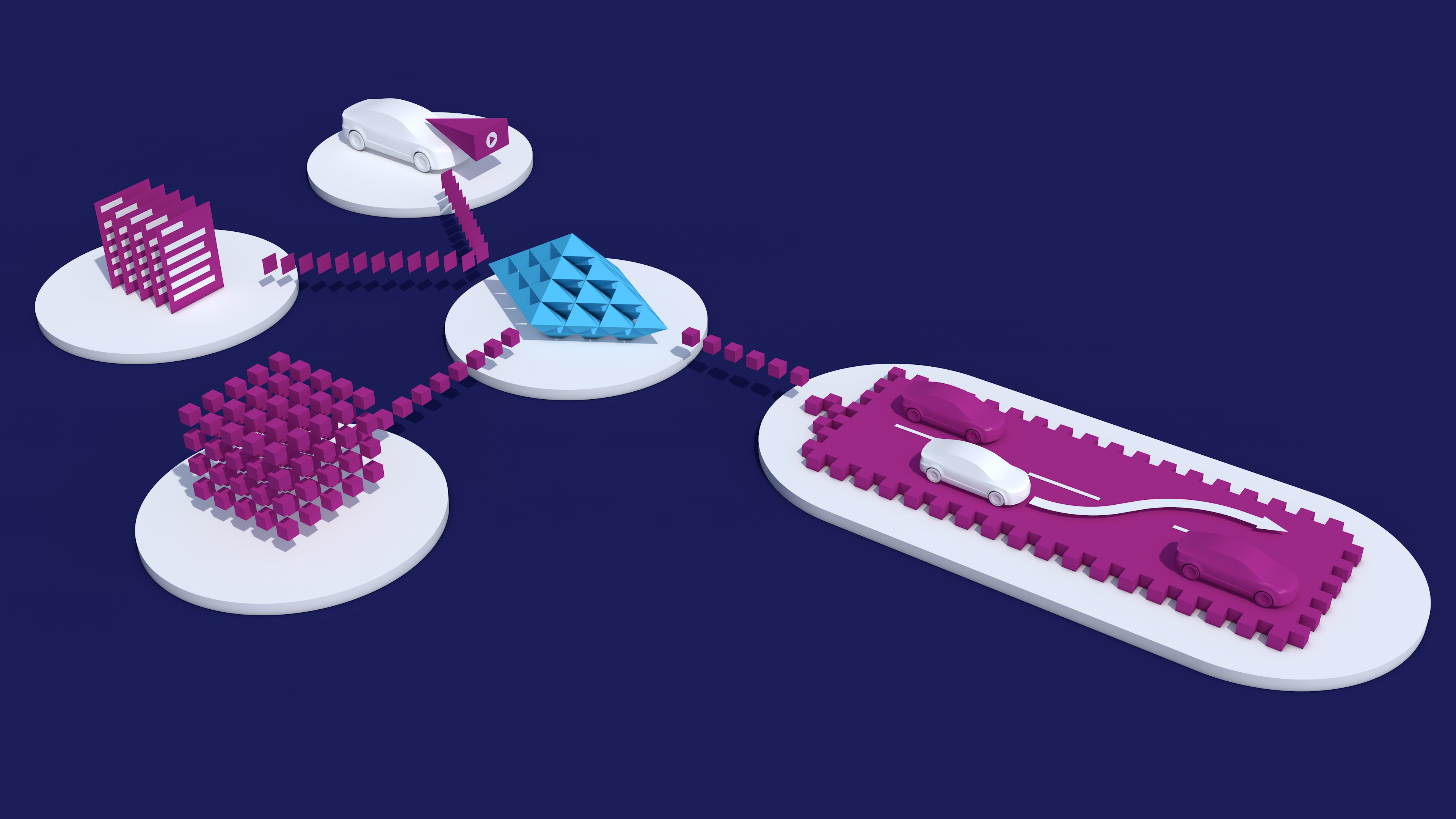The Challenge: Validating driving functions of any level of autonomy requires you to think of every possible scenario in the specific ODD
In the realm of autonomous vehicles and advanced driver assistance systems (ADAS), the true challenge lies in preparing for and validating every possible scenario. To ensure safety, manufacturers employ comprehensive risk management strategies under real-world operational conditions, addressing the intricate interplay of AD/ADAS functions, sensor integration, and environmental variability. Regulations such as EU 2022/1426 or NCAP 2029 emphasize the need for evidence-based scenarios and testing under diverse and realistic conditions.
Successfully navigating these challenges is essential for delivering scalable, cost-effective, and safe solutions in the automotive sector.
What is IAV Mela?
IAV Mela streamlines AD/ADAS virtual validation with AI-based scenario generation, automatically creating simulation scenarios from specifications, or field test videos. With seamless integration into simulation tools and ASAM OpenX support, it simplifies workflows, helps meet coverage goals, and identifies critical corner cases through evidence-based scenarios.
IAV Mela empowers users to address complexities with precision, offering solutions not only for passenger car but also for Off-Highway applications, including agricultural and construction machinery, heavy-duty trucks, and defense applications. Additionally, IAV Mela supports specialized needs like vehicle dynamics and chassis function testing scenarios, ensuring robust performance across a wide range of use cases for the overall system.
How does it work?
IAV Mela processes textual, either logical, or concrete scenario descriptions, e.g. from test specifications, as well as video clips from real-world testing. Using advanced LLM and Vision-LLM technologies, it analyzes and categorizes scene elements, extracting the relevant parameters, thus generating scenario previews and realistic virtual simulations.
Scenarios can be derived directly from requirements, e.g. using IAV devpanion, video data, or sketches, directly transforming them into simulation model scenarios. This streamlined approach enables efficient testing and development up to 80%.

